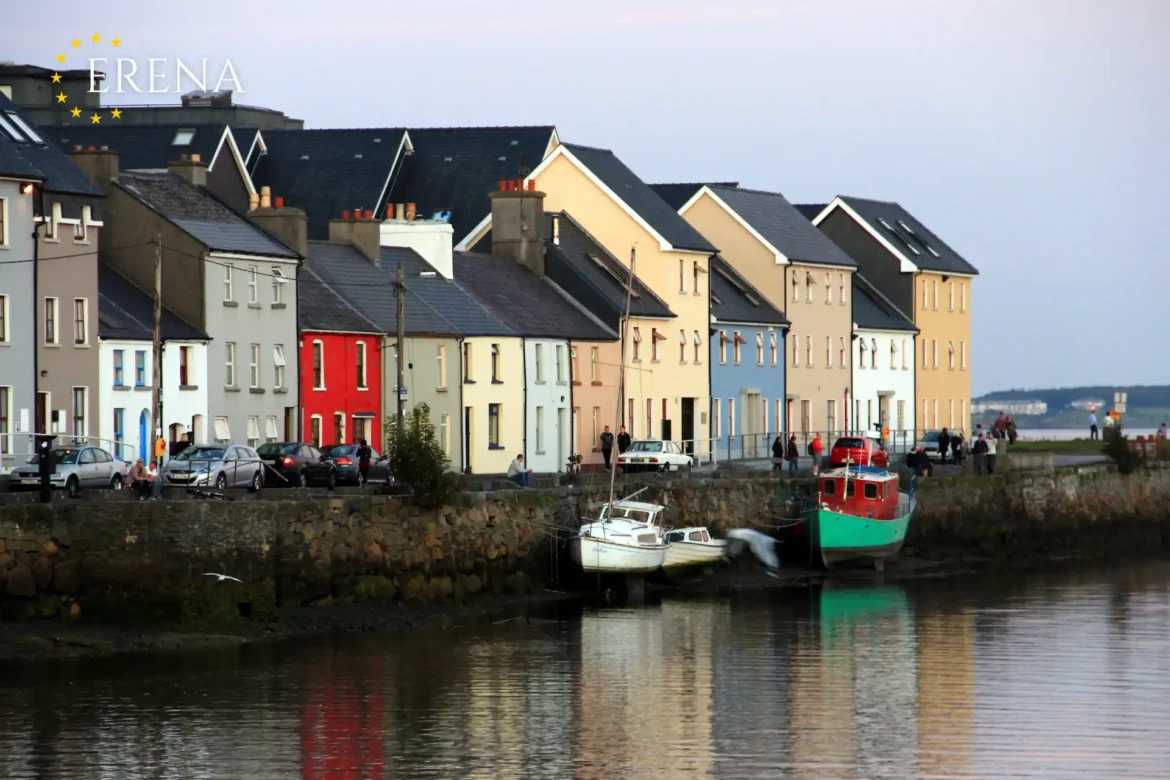Galway, often referred to as the cultural heart of Ireland, has long been a magnet for tourists. Known for its vibrant arts scene, historic landmarks, and picturesque landscapes, the city attracts millions of visitors annually. The influx of tourists has not only bolstered Galway’s hospitality industry but has also significantly influenced its real estate dynamics. This article explores the interplay between tourism and real estate in Galway, with a focus on property prices, rental trends, and development projects.
The Tourism Boom in Galway
Galway hosts several iconic events, including the Galway International Arts Festival and the Galway Races, drawing both domestic and international visitors. In 2023, the city welcomed over 2.5 million tourists, contributing approximately €1 billion to the local economy. This steady flow of visitors has created a robust demand for short-term accommodations such as hotels, bed-and-breakfast establishments, and vacation rentals.
Impact on Property Prices
Tourism’s influence on Galway’s real estate market is profound, particularly in the city center and coastal areas like Salthill. The increased demand for short-term rentals has driven property prices upwards. As of late 2024, the average price for a three-bedroom house in Galway City stands at approximately €400,000, compared to €350,000 in 2020. In Salthill, known for its proximity to beaches and tourist attractions, the average property price is even higher, at around €500,000.
The Rise of Short-Term Rentals
Platforms like Airbnb and Vrbo have transformed Galway’s rental market. Property owners often prefer to lease their homes to tourists at premium rates, especially during peak seasons. For instance, a two-bedroom apartment in the city center can fetch €200 per night during the Galway Races, compared to an average long-term monthly rent of €1,800. While this trend has boosted income for property owners, it has also contributed to a scarcity of long-term rental options, driving up rents for local residents.
Challenges for Local Residents
The tourism-driven demand for short-term rentals has exacerbated housing shortages in Galway. Students, young professionals, and low-income families often struggle to find affordable accommodation. The vacancy rate for rental properties is below 2%, one of the lowest in Ireland. In response, local authorities have implemented regulations to curb the overuse of residential properties as vacation rentals, requiring owners to register with the Residential Tenancies Board (RTB).
Development Projects and Tourism
The tourism boom has also spurred real estate development in Galway. Mixed-use projects, combining residential units with retail and leisure facilities, are on the rise. For example, the €300 million Ceannt Station redevelopment project aims to create a modern transport hub with adjacent residential and commercial spaces. Similarly, the Docklands area is undergoing transformation, with plans for new hotels and luxury apartments catering to both tourists and high-income buyers.
Future Outlook
Tourism will likely continue to shape Galway’s real estate market. With the city’s bid to become a sustainable tourism destination, future developments may focus on eco-friendly accommodations and community-oriented projects. However, balancing tourism growth with housing affordability remains a critical challenge.
Conclusion
Tourism is a double-edged sword for Galway’s real estate dynamics. While it has boosted property values and spurred development, it has also intensified housing shortages and affordability issues for residents. A balanced approach, involving strategic planning and regulation, is essential to ensure that Galway’s real estate market remains vibrant and inclusive, benefiting both tourists and locals alike.

